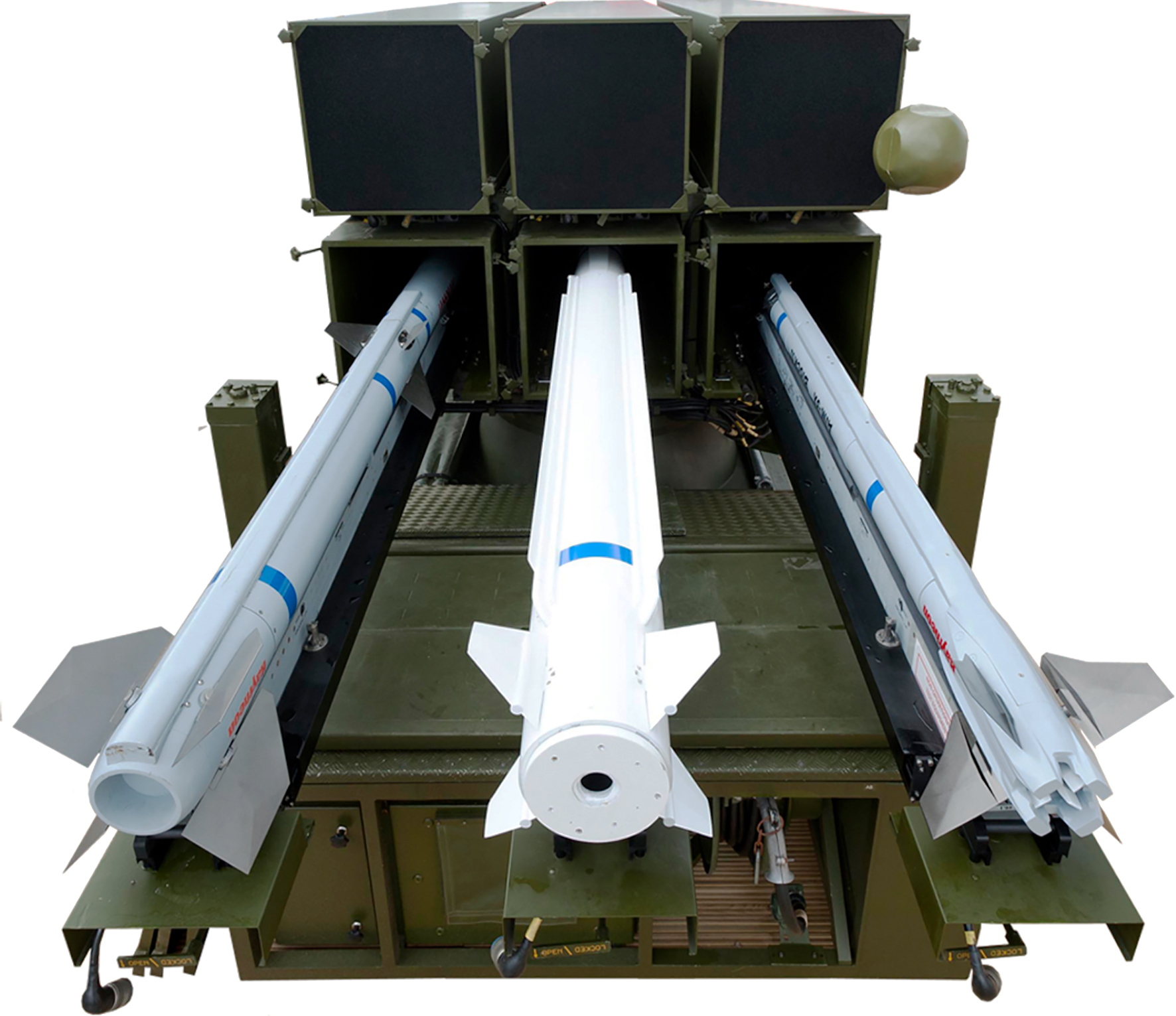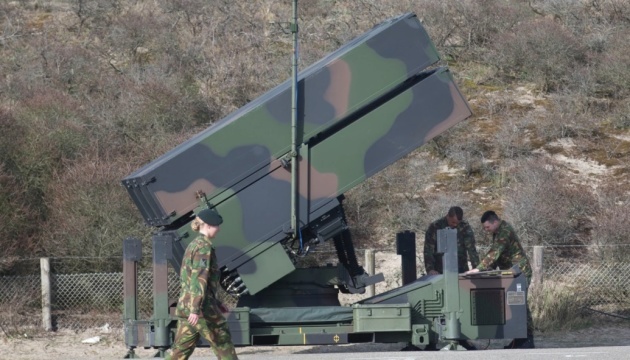K
kamm
Guest
Ilyesmit a norvegok mar regota irnak a sajat FDCjuknel - sot, meg tobbet is:Government-industry team demonstrates first-of-its kind Air Base Air Defense capability
In partnership with the Air Force Research Laboratory Strategic Development Planning and Experimentation (SDPE) office, Raytheon Missiles & Defense conducted a first-of-its kind Air Base Air Defense experiment in which AIM-9X, AMRAAM, and AMRAAM-ER were fired from NASAMS.
The missiles engaged cruise missile targets at various distances with targeting information supplied by the Battle Space Command and Control Center.
This complex experiment assessed NASAMS’ operational ability to fire the three missile variants when integrated with U.S. Army radars and U.S. Air Force’s operationally fielded command and control capability, the Battle Space Command and Control Center, or BC3, developed by Raytheon Solipsys. During the demonstration, the radar first passed targeting information to BC3, then BC3 relayed key data to the KDA Fire Distribution Center for threat evaluation and weapon assignment. The operator in the FDC used that information to close the kill chain by selecting and firing the most effective missile from the NASAMS multi-missile canister launcher.
Evolution
NASAMS is designed to evolve with the development of technology and can integrate with or utilize future technology when available. This can be future active or passive radars and sensors, Sense & Warn capability, and a wide range of effectors, like C-RAM, C-UAS and the Raytheon Family of Missiles; Aim 9X Sidewinder Block II, AIM-120 AMRAAM an AMRAAM ER. The evolution is enabled by the open architecture in the FDC.

The FDC is a true Multi-Domain Command & Control component and can, pending on the desired configuration, support a wide range of missions; GBAD, Army counterfire operations, coastal defence, air surveillance, airspace management and others.



 En mar evek ota mondom, hogy fogatlan, lassu ez az orosz medve, csak az atomfegyverek miatt vettek figyelembe... most mar mindenkinek kiderult.
En mar evek ota mondom, hogy fogatlan, lassu ez az orosz medve, csak az atomfegyverek miatt vettek figyelembe... most mar mindenkinek kiderult.